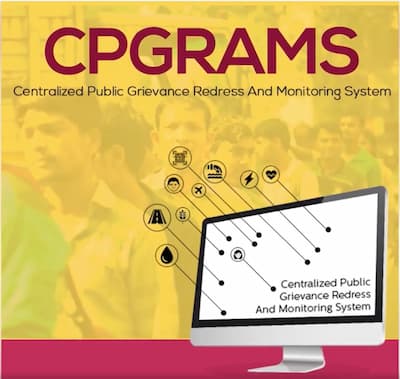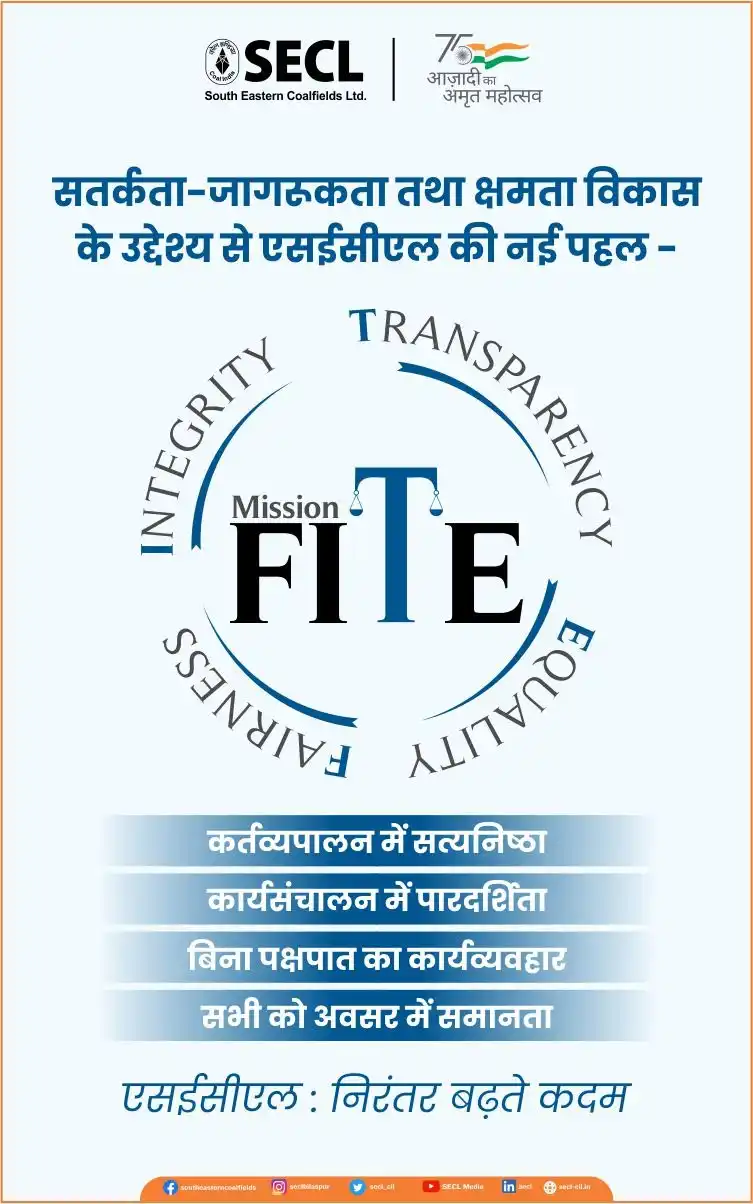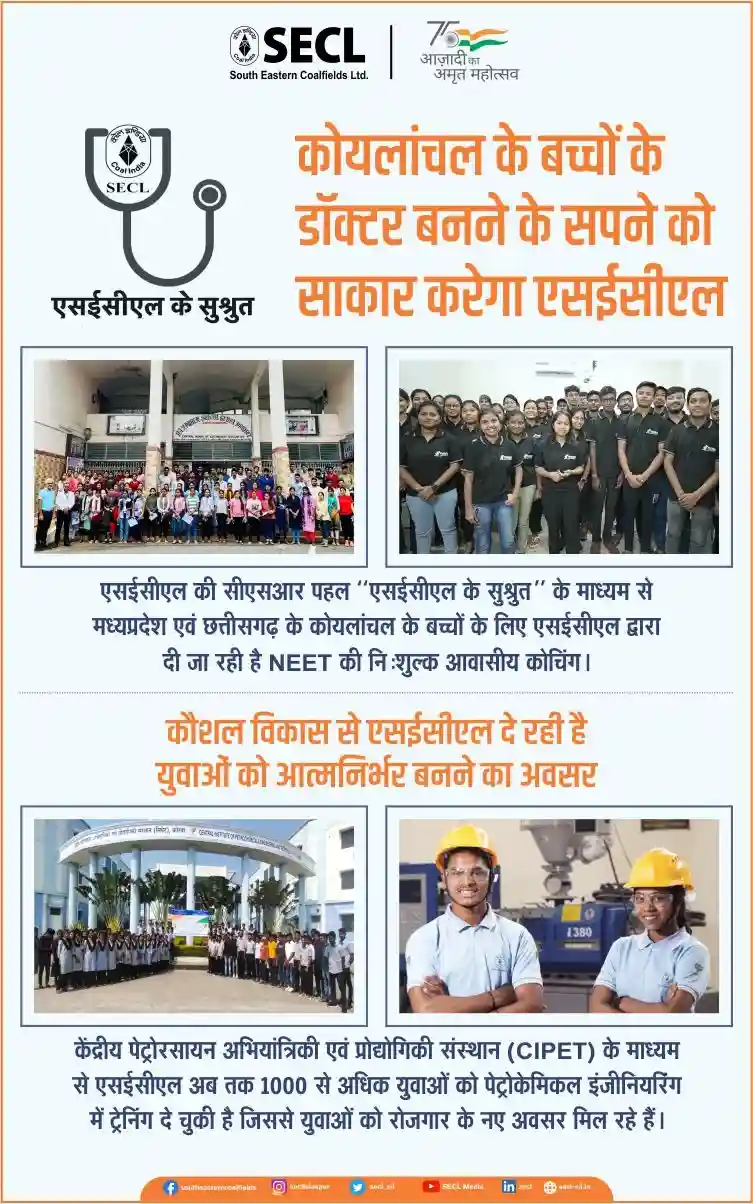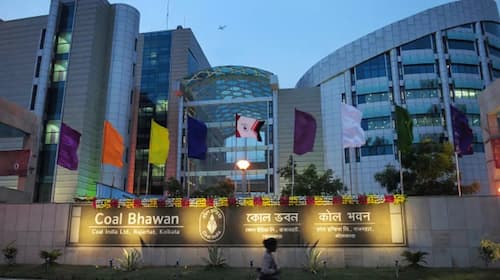To obtain the result for unresolved grievances on matters relating to Central Government Departments & Organisations, CPGRAMS (Central Public Grievance Redress and Monitoring System) – a virtual platform has been in place, where any citizen of the country can lodge their grievances to the public authorities on any subject related to service delivery.
It is noteworthy that anyone can use this system to raise grievances if prescribed service norms are not met or if anyone has not got a satisfactory redress of your grievance within the stipulated time.
Read Also : SEBI launches Saa₹thi mobile app on investor education
Over 1.1 crore grievances resolved
In a written reply in Lok Sabha recently, the Minister of Personnel, Public Grievances and Pensions Dr Jitendra Singh mentioned that a total of 1,28,74,337 grievances have been filed under CPGRAMS platforms in last 10 years of which 1,19,90,434 have been resolved.
Further, the Union Minister mentioned that the government has engaged the Common Service Centre (CSC) to make grievances redressal platforms more inclusive and accessible for all including differently-abled citizens.
Integration to CPGRAMS with other government portals
In December 2021, Union Minister Jitendra Singh stated that CPGRAMS has been integrated with several other Grievance portals like PMO PG portal, President Secretariat PG portal, Cabinet Secretariat PG portal and Grievance portals of Department of Pension & pensioners Welfare, Ministry of Micro Small & Medium Enterprises and Securities & Exchange Board of India.
Read Also : Indian Oil leads CGD foray garnering 33% market potential in PNGRB’s 11th Round of CGD Bidding
Additionally, CPGRAMS has also linked through the web API with the Grievance Portals of the States of Assam, Bihar, Goa, Himachal Pradesh, Haryana, Jharkhand, Jammu & Kashmir, Kerala, Karnataka, Madhya Pradesh, Meghalaya, Punjab, Rajasthan, Uttarakhand and Uttar Pradesh.
The mechanism of resolving grievances
CPGRAMS has been functional at the Board level (Department of Public Grievances and Administrative Reforms), where grievances lodged by citizens are received by the Nodal officer (Commissioner Coordination), which is then forwarded electronically to the concerned officer (Chief Commissioner / Director General) for redress and appropriate action. Additionally, the redress is monitored at the Board level, both for timelines and quality.
Follow on Facebook (https://www.facebook.com/industrialpunch) and Twitter (https://twitter.com/IndustrialPunch) for updates on social media…
















